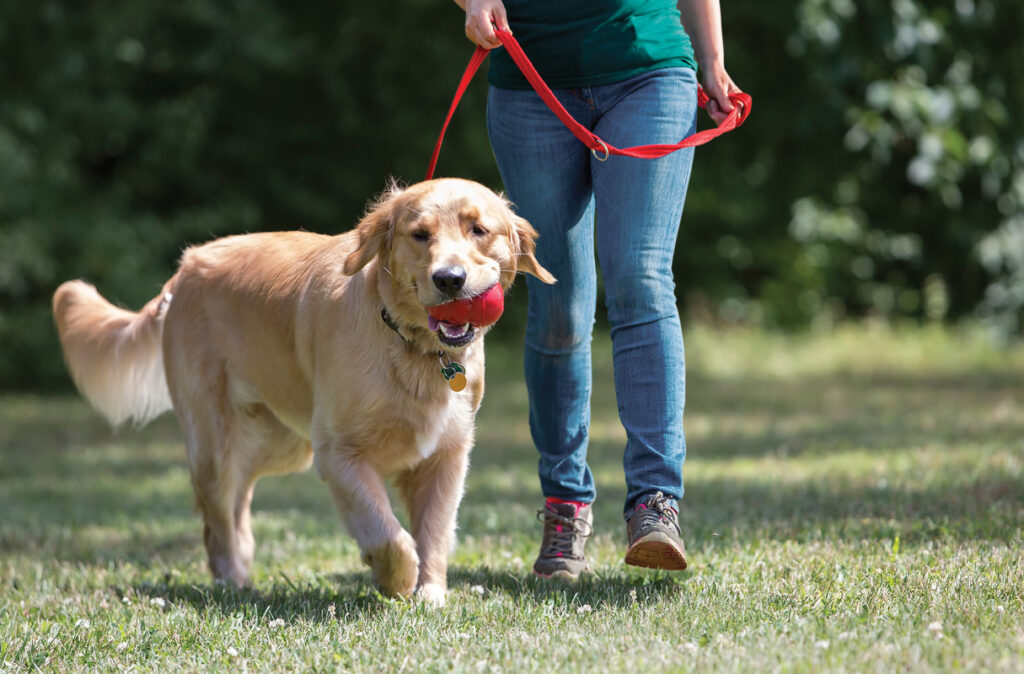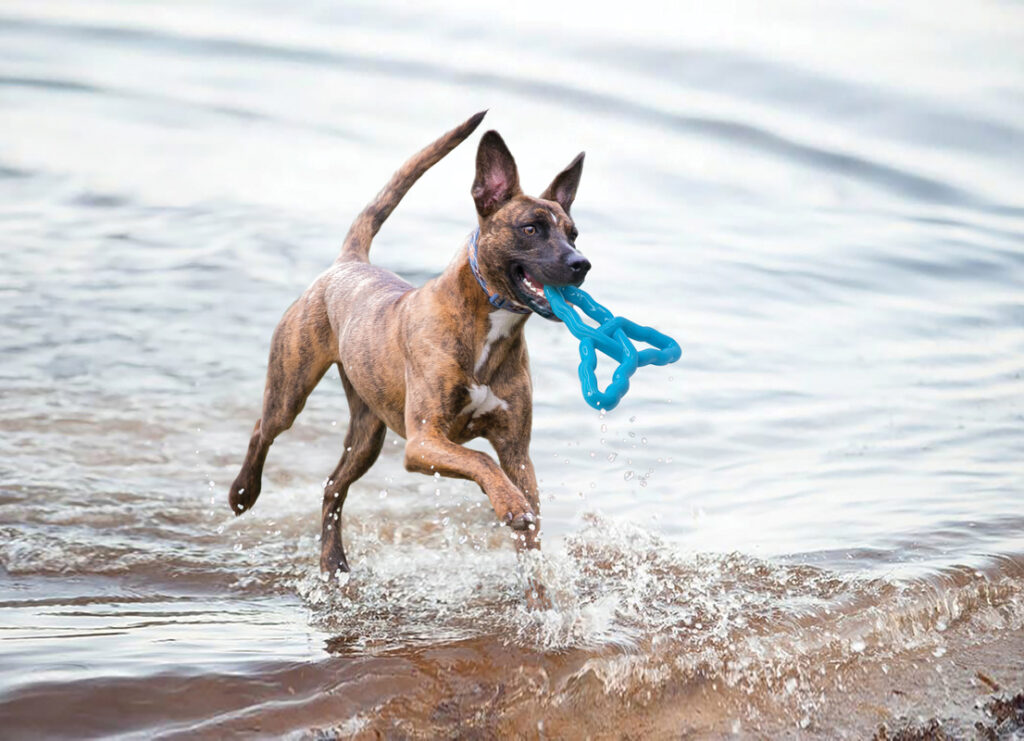The moment that your trusted vet informs you that your dog is diabetic is often one of concern, as well as some possibly overwhelming feelings. Are you ready to handle this? Is diabetes difficult to manage in dogs? Is your dog currently in any pain?
It is always hard to hear that your dog’s health is anything other than perfect. However, this is when it is crucial to remember that diabetes in dogs is absolutely treatable. With some slight lifestyle changes for both you and your dog, they will be feeling more like their normal selves in no time.
There are multiple steps involved in proper regulation for dogs with diabetes. First, discuss your pet’s condition with a qualified vet. A common recommendation is that a steady routine consisting of two daily insulin shots as well as some dietary changes is best. This will not necessarily be the case for every dog.
These variations in dog care requirements makes access to a veterinary professional so important.
What Is Canine Diabetes?
Diabetes in dogs is a bit different than typical diabetes in humans. Where diabetes in people is broken up into either type 1 or type 2, dogs typically experience a type of diabetes mellitus that has more similarities to type 1. This kind is referred to as “insulin deficiency diabetes.”
Interestingly, this kind of canine diabetes shares so many notable similarities to diabetes in people. Some scientists are using the naturally occurring disease in dogs to help both people and our canine friends alike.
On the other hand, dogs may also experience a type of diabetes that is less common than type 1 in humans. This is referred to as “insulin resistance diabetes.” It is possible that those with this type of diabetes may have another underlying cause of their diabetes. Both types can go into diabetic remission, but it is generally more common for insulin deficiency diabetes.
In essence, diabetes is characterized by an improper creation or reaction to insulin within your dog’s body. Insulin is important as it is used to regulate blood sugar, also referred to as glucose levels. Both humans and dogs get glucose through our food. The insulin then works to transfer it from the blood into the cells, allowing it to become energy.
What Is Hyperglycemia?
Without proper levels of insulin, glucose cannot complete the transferral process where it moves from the bloodstream to the cells. Instead, it remains in the bloodstream and builds up. Eventually, this may lead to hyperglycemia (an overabundance of glucose in the blood).
Hyperglycemia can lead to a variety of long-term effects that can be dangerous to your dog if left unchecked. Meanwhile, hyperglycemia also manifests as fairly noticeable short-term symptoms that typically serve as the first clues for pet owners that perhaps their dog is in need of a check-up.
What Are the Symptoms of Diabetes in Dogs?
So far, you have a working knowledge of what exactly diabetes mellitus is and how it affects a dog’s inner workings. Now, it’s time to discuss what signs and symptoms to look out for. Once you recognize these symptoms, make sure to ask a licensed veterinary professional for their qualified opinion.
Elevated Hunger
Since diabetes results in energy not getting to cells, dogs will often feel incredibly hungry regardless of how much they have eaten.
Essentially, the food is not serving its necessary purpose of fueling the body, so your dog will always feel the need to eat more. If you notice your dog has a significantly higher than usual appetite, this could potentially be one of the first signs of diabetes in your dog.
That being said, many dogs will eat whenever given food and seemingly love nothing more than to whine until mealtime comes around. If you have a dog who is already a voracious eater, then this last sign might not be as helpful or noteworthy for you. Luckily, there are some other, more noticeable symptoms to keep an eye out for.
Increased Thirst
This symptom is also seen in many humans with diabetes, but it is entirely possible that you will notice a substantial increase in your dog’s thirst.
In turn, you may also see an increase in how often they have to urinate, as well as how much. These signs are common in diabetes mellitus because the extra sugar in the blood has to be removed from the body somehow.
Extra Potty Breaks
Rather than being used for energy, how it should be, instead the excess of glucose is dealt with by the kidneys. It is then converted into urine, which can also lead to dehydration and above-average thirst.
If you notice your dog drinking and peeing significantly more than usual without any real cause, it is likely a good idea to take them into the vet’s office.
Weight Changes
Since they are burning through this energy without actually processing it, diabetic dogs can also lose weight even though they are eating more. It is also possible that some dogs could display a decreased appetite at certain stages of their illness. Cloudy eyes can also indicate diabetes in dogs, as can recurring infections.
Some of these symptoms are more noticeable than others. By keeping a close eye on your dog, their habits, and how they are possibly deviating from their normal behaviors, you should be able to see if they are displaying typical signs of diabetes.
Which Food Is Safe for Diabetic Dogs To Eat?
There are perhaps two most important considerations when it comes to determining the best new food for your diabetic dog.
The first of these is the amount of carbohydrates within the food. Second, other than the carb content, the ideal food for your diabetic dog will also be high in fiber.
Look for a Food That Is Low in Carbs
The intake of carbohydrates should be kept to a minimum for diabetics of any species (dogs, cats, humans, etc.) because they can cause blood sugar to spike. Carbs are converted to glucose within the body, so eating too many of them can lead to increased blood sugar levels, which is exactly what should be avoided for diabetic dogs.
Ingredients high in carbs or glucose should be avoided. It is always the best practice to avoid foods that contain corn syrup, sugar, or honey. These will always lead to spikes in blood sugar, so they can be harmful.
Their Food Should Be High in Fiber
While carb content is necessary for finding the proper food for your diabetic dog, it is not the only factor. Actually, clinical studies have found that foods high in insoluble fiber may provide even more benefits than especially low carb counts.
Insoluble fibers are those that cannot be dissolved in water, also known as “bulking fibers.” These kinds of fibers are so helpful for dogs with diabetes because they slow the digestion process.
While slowing the digestion process might not immediately sound like a benefit, this means that they also lead to a slower absorption of carbohydrates. As a result, dogs will be much less prone to blood sugar spikes due to carbs. Instead, these carbs will be absorbed into the body steadily, rather than all at once: All because of these insoluble fibers!
Does My Dog Need To Go on a Prescription Diet?
The truth is that whether or not your specific dog would do best on a prescription diet especially created for diabetes will depend on a variety of factors. This is when discussing with a veterinarian is absolutely critical.
In some cases, your dog may do well with another type of food that is low in carbs and high in fiber but may not necessarily be formulated specifically for diabetes. Be sure to speak to a vet to decide the exact right amount of food to feed your dog.
Diabetic Dogs Can Live Happy, Healthy Lives
The initial diagnosis of diabetes mellitus in your dog can feel like a blow to the stomach, but many dog owners are pleasantly surprised by just how quickly this upkeep becomes a part of the routine.
Diabetic dogs can absolutely live happy and healthy lives. All it takes is a little bit of extra preparation on your part, as well as an understanding that crafting the perfect treatment plan may take some time.
In addition, diabetes is often changing in pets, so trips to the vet will become more frequent than they previously were in order to keep everything stable. Diet is a crucial part of your diabetic dog’s regulation, so make sure to do your research to find a food that your dog enjoys and also keeps them healthy.
People often say that it takes a village to raise a child. The same can be said for raising dogs! That’s why with your KONG Club account, you can speak to the AskVet licensed veterinarians at any time of the day or night.
After all, especially toward the beginning of you and your dog’s journey with diabetes, questions do not just pop up during regular business hours. Having this reliable and professional resource at your disposal helps to remind you that you are not in this alone.
Sources:
Move Over Mice, Canines May Be Next in Line To Study Diabetes | University of Florida
What’s the Best Diet for My Dog With Diabetes? | Tufts.edu
Diabetes Management Guidelines for Dogs and Cats | American Animal Hospital Association



